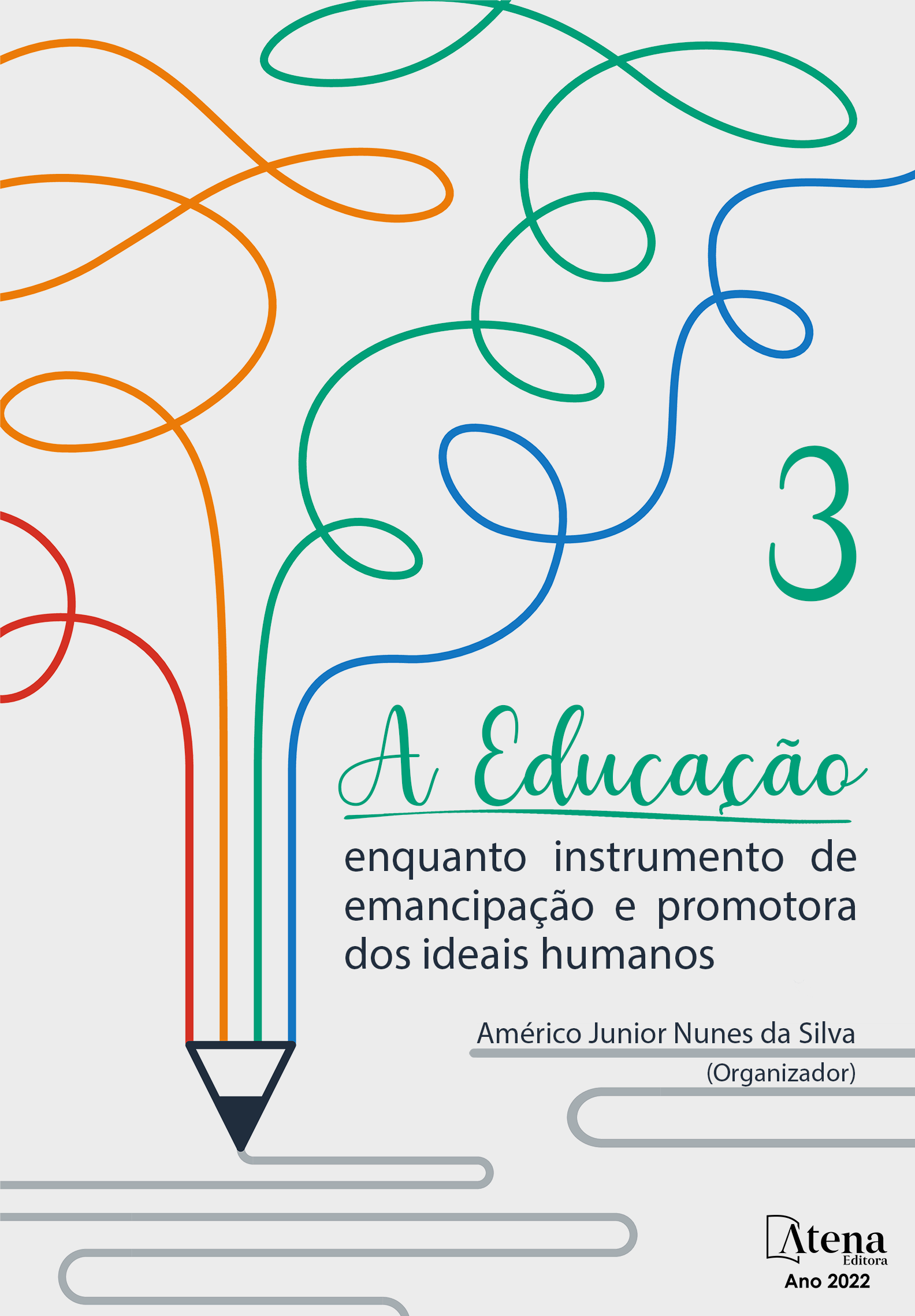
ELABORAÇÃO DE UM PROGRAMA DE RESPOSTA À INTERVENÇÃO (RTI) EM SEGUNDA CAMADA PARA DESENVOLVIMENTO DO PRINCÍPIO ALFABÉTICO E DAS HABILIDADES METAFONOLÓGICAS
O objetivo deste capítulo é apresentar a elaboração e a significância clínica do estudo piloto de um programa de resposta à intervenção (RTI) em segunda camada para desenvolvimento do princípio alfabético e das habilidades metafonológicas para escolares de risco para dislexia. O desenho metodológico do estudo foi realizado em duas fases, sendo a fase 1 a elaboração do programa realizada por meio do levantamento bibliográfico nas bases Scielo e Pubmed utilizando os descritores “estudos de intervenção”, “leitura”, “dislexia” e “aprendizagem” e a fase 2, a aplicação do programa elaborado na fase 1 em um estudo piloto. O programa coletivo foi elaborado a partir das habilidades metafonológicas, de conhecimento do alfabeto e de correspondência grafema-fonema, habilidades estas preditoras para o desenvolvimento da leitura em um sistema de escrita alfabético. Foram selecionados estímulos linguísticos (palavras reais) e estímulos visuais (figuras) para serem utilizados nas provas que foram elaboradas. Esses estímulos foram selecionados a partir do banco de palavras distribuídas por série, extensão e frequência, extraído de textos contidos nos livros didáticos de Língua Portuguesa. O programa foi composto pelas seguintes habilidades: conhecimento da letra-som, conhecimento da silaba, segmentação silábica, segmentação fonêmica, adição silábica, adição fonêmica, subtração silábica, subtração fonêmica, substituição silábica, substituição fonêmica, combinação silábica e combinação fonêmica. O programa foi aplicado em pequenos grupos de 4 a 5 escolares na faixa etária de 6 anos e 11 meses a 7 anos e 11 meses em sessões de 50 minutos de duração. O programa elaborado neste estudo se mostrou eficaz e, que o mesmo pode ser utilizado como um instrumento de intervenção baseada em evidência científica para auxiliar no desenvolvimento das habilidades necessárias para a melhora no mecanismo de decodificação da leitura dos escolares de riso para dislexia.
ELABORAÇÃO DE UM PROGRAMA DE RESPOSTA À INTERVENÇÃO (RTI) EM SEGUNDA CAMADA PARA DESENVOLVIMENTO DO PRINCÍPIO ALFABÉTICO E DAS HABILIDADES METAFONOLÓGICAS
-
DOI: 10.22533/at.ed.4932228013
-
Palavras-chave: Habilidades metafonológicas. Preditores para alfabetização. Estudos de intervenção. Alfabetização.
-
Keywords: Metaphonological skills. Predictors for literacy. Intervention Studies. Literacy.
-
Abstract:
The objective of the chapter is to present the elaboration and clinical significance of the pilot study of a tier 2 Response to Intervetion Model (RTI) for the development of the alphabetic principle and metaphonological skills for students at risk for dyslexia. The methodological design of the study was carried out in two phases, phase 1 being the preparation of the program carried out through a literature review in the Scielo and Pubmed databases using the descriptors "intervention studies", "reading", "dyslexia" and "learning" and phase 2, an application of the program developed in phase 1 in a pilot study. The collective program was developed based on metaphonological skills, knowledge of the alphabet and grapheme-phoneme correspondence, skills that are predictors for the development of reading in an alphabetic writing system. Linguistic stimuli (real words) and visual stimuli (pictures) were selected to be used in the tests that were developed. These stimuli were selected from the bank of words distributed by grade, length and frequency, extracted from texts contained in Portuguese language textbooks. The program consisted of the following skills: letter-sound knowledge, syllable knowledge, syllabic supply, phonemic supply, syllabic addition, phonemic addition, syllabic subtraction, phonemic subtraction, syllabic substitution, phonemic substitution, syllabic combination and phonemic combination. The program is designed in small groups of 4 to 5 schoolchildren ranging in age from 6 years and 11 months to 7 years and 11 months in full 50 minutes in length. The program elaborated in this study proved to be effective and that it can be used as an intervention instrument pratical evidence based to assist in the development of skills needed to improve the reading decoding mechanism of students at risk for dyslexia.
-
Número de páginas: 14
- Alexandra Beatriz Portes de Cerqueira César
- Simone Aparecida Capellini
- Melissa Pinotti Marguti


